Gifting has never been easier
Perfect if you're short on time or are unable to deliver your gift yourself. Enter your message and select when to send it.
DISPATCH IN 48 HOURS
Shop in-stock lighting for Thanksgiving
BLACK FRIDAY STARTS NOW
Get Member Price
200+ NEW ARRIVALS
Explore Our Collection
FREE SHIPPING ON ORDERS $200+
Shop Now
DISPATCH IN 48 HOURS
Shop in-stock lighting for Thanksgiving
BLACK FRIDAY STARTS NOW
Get Member Price
200+ NEW ARRIVALS
Explore Our Collection
FREE SHIPPING ON ORDERS $200+
Shop Now
Cart 0
Your cart is empty
What is a sedge? The sedge plant family is extensive and varied, consisting of numerous species and varieties totaling several thousand. One characteristic that distinguishes sedges is the shape of their stems, which appear triangular when cut.
Let's explore this plant with Rowabi in the article below.
We all have heard of rattan, bamboo, or jute, but what is a sedge? Follow our guide through all the details you need to know!
Sedges are a type of plant that resemble grasses and are often grouped with ornamental grasses and rushes. It is important to differentiate between these plant types because they have distinct growing requirements, and directly impact the planning and planting of a garden.
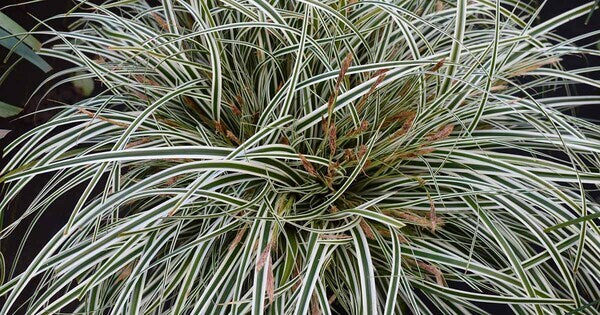
Sedges are grass-like plants often grouped with ornamental grasses and rushes
True grasses typically thrive in open and sunny environments while sedges are more adaptable and can tolerate shady conditions as well as a wide range of soil moisture levels, from very wet to dry.
Find the perfect finishing touch. Explore the details that complete your home.
Sedges have several common characteristics that distinguish them from other plant types:
One notable characteristic of sedges is their unique stem structure. Unlike the rounded shape seen in true grasses, sedges typically have triangular stems that feature three distinct edges, resulting in a distinctly triangular cross-section.
Sedges often have a clumping growth habit. Sedges typically grow in tight groups or clusters, unlike grass, which spreads through rhizomes or stolons to form dense patches. Sedges can be used effectively as ground covers, accent plants, or in mass plantings to create a visually appealing and cohesive garden display.
Don't miss out on this deal! Your perfect light is now at an amazing price.
One unique characteristic is their ability to produce inflorescences, which are clusters of flowers arranged in specific patterns. The inflorescences of sedges can take on various forms and shapes. Some sedges produce compact inflorescences that resemble spikes or cones, with numerous small flowers tightly packed together.
With their unique identification, sedges excel in environments marked by ample moisture, including wetlands or regions where soil moisture levels are consistently high. This remarkable adaptation makes sedges exceptionally well-suited for habitats that are prone to waterlogging or have a high water table.
Sedges play a vital role in ecosystems by stabilizing soil, preventing erosion, and providing habitat and food for various wildlife.
Their dense root systems anchor soil particles, reducing erosion risk. Sedges also offer shelter, nesting materials, and food for insects, birds, and small mammals, supporting biodiversity and ecosystem balance.
Sedges have been historically used by humans for practical and cultural purposes, particularly in the craft of weaving. Harvested sedges are skillfully woven into various items like baskets and mats due to their strong and flexible stems.

Sedges play an indispensable and multifaceted role in the functioning of ecosystems
This traditional practice is passed down through generations, with artisans selecting and preparing sedges to ensure they are pliable.
Harvesting occurs at specific times, and the sedges are meticulously dried and processed to enhance durability and flexibility, adhering to cultural traditions and techniques.
Sedges encompass a diverse range of species, each with its own unique characteristics and attributes. Here are some notable types of sedges commonly found in horticulture and landscaping (all the information is coming from The National Gardening Association)
A perennial grass-like plant, Spark Plug Palm Sedge thrives in partial to full shade, growing to heights of 9 to 15 inches with a spread of 12 to 16 inches.
Its dense, glossy green foliage forms compact clumps and is adorned with small flowers arranged in spikes during late spring to early summer.
Leatherleaf Sedge is also a perennial grass-like plant characterized by its unique appearance and adaptability. With a grass-like habit, it thrives as a perennial, boasting small flowers combined into spikes during its bloom.
Known for its underground rhizome structures, this sedge propagates easily through division, making it a practical choice for gardeners.
Bowles' Golden Sedge is a striking perennial grass-like plant with a life cycle of a perennial; it also thrives in partial to full shade, particularly in wet or mesic soils.
Growing to heights of 18 to 30 inches with a spread of 24 to 36 inches, this sedge adds height and texture to garden landscapes. Its evergreen variegated leaves provide year-round interest, with good fall color adding seasonal appeal.
Gold Fountain Sedge is a perennial grass-like plant prized for its ornamental foliage and easy-care nature. With a grass-like habit and a perennial life cycle, it thrives in various garden settings. The plant produces small flowers combined into spikes, adding subtle beauty to the landscape.
Blue Sedge is a perennial grass-like plant prized for its blue-green foliage and adaptability to different light conditions. It offers year-round garden appeal, especially in bog and water gardens.
Its deer-resistant and humidity-tolerant traits make it a low-maintenance option for containers or garden beds.
Variegated Japanese Sedge is a perennial grass-like plant appreciated for its variegated foliage.
Unique among other sedges, such as Blue Sedge and Gold Fountain Sedge, Variegated Japanese Sedge distinguishes itself with its vibrant variegated leaves, introducing bright hues and contrasting tones to garden beds or containers.
New Zealand Hair Sedge is a perennial grass-like plant. With a grass-like habit and a perennial life cycle, it boasts small flowers combined into spikes, providing subtle ornamental interest.
With its distinctive bronze-colored foliage, the plan adds a warmth and visual intrigue to garden landscapes as a whole.
As a member of the sedge family, it exhibits a grass-like growth habit and thrives as a perennial. Its amazing feature lies in its foliage, which transitions from green to fiery orange hues, particularly in cooler temperatures.
The Evergold Japanese Variegated Sedge stands out with its graceful variegated foliage. Having a perennial life cycle, this sedge displays a grass-like growth habit.
Its allure lies in the foliage, where creamy-yellow margins elegantly contrast against deep green centers, creating an eye-catching spectacle.
Mountain Sedge is a resilient perennial grass-like plant reknowned for its adaptability and natural beauty. With a perennial life cycle, this sedge exhibits a grass-like growth habit.
Its charm lies in its rugged yet graceful appearance, with slender foliage that forms dense clumps.
Sedges possess multiple capabilities and can contribute to various aspects of ecosystem functioning and fulfill human needs. Here are several notable functions and benefits associated with sedges:
The dense root systems of sedges play a crucial role in stabilizing soil and preventing erosion. In areas prone to water flow, landslides, or other forms of soil displacement, sedges provide effective erosion control, reducing the loss of valuable topsoil and minimizing environmental damage.
Sedges create habitats that support diverse plant, insect, and animal communities. Their clumping growth habit provides shelter and nesting sites for small animals, and their foliage offers protection and forage for insects, birds, and other wildlife.
What is a sedge? Sedges are adept at filtering and purifying water. Through their extensive root networks and the physical structure of their above-ground foliage, sedges help to trap sediment, remove pollutants, and absorb excess nutrients. This natural filtration process enhances the overall health of these water systems and supports a diverse range of aquatic organisms.
Like all plants, sedges absorb carbon dioxide from the atmosphere during photosynthesis. The organic matter they produce accumulates in the soil, where it can serve as a carbon sink, helping to mitigate climate change by storing carbon for a significant period.
Sedges, with their distinct sedge plant identification, are commonly used in wetland restoration projects. Their ability to tolerate wet soils and their ecological benefits make them valuable in restoring damaged or degraded wetland habitats and helping to enhance biodiversity.
Sedges have cultural significance and practical uses in various societies. For example, in some regions, sedges are used for weaving baskets, mats, and other handicrafts due to the strength and flexibility of their stems. They also have historical and symbolic importance in traditional ceremonies and rituals.
Sedges contribute to soil improvement by enhancing soil structure, increasing organic matter content, and promoting nutrient cycling. Their root systems help improve soil aeration and drainage, making them beneficial for soil health and fertility.
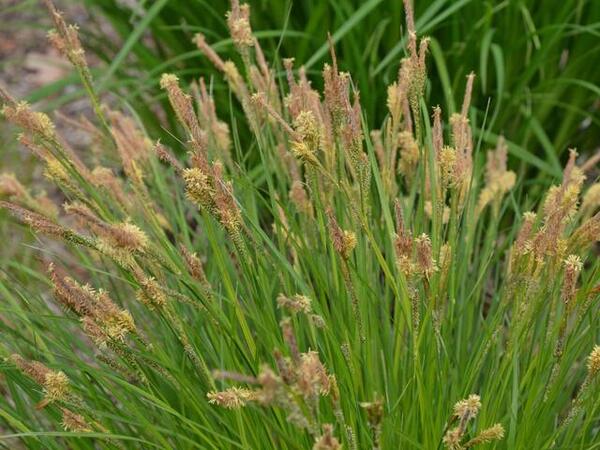
Sedges can contribute to various aspects of ecosystem functioning.
Sedges come in various types and natural colors, as we have introduced above. Therefore, when combined to create furniture, they are highly suitable, especially for those leaning towards natural, rustic, vintage, or eclectic styles. They are often used to make chairs, sofas, or combined with wooden furniture to add a touch of nature and sophistication to interior spaces.
Using sedge in artwork is not very common, but it's a cool way to get creative in gardens. You can shape sedges into different forms or combine them with sculptures to make unique art pieces. It adds interesting textures and looks awesome in outdoor spaces.
Sedges can also be used to create lighting fixtures, especially for those who follow a naturalistic style or desire to incorporate materials from nature into their living spaces. You'll often find sedges crafted into pendant lights, chandeliers, or wall sconces, adding a touch of rustic charm and organic beauty to interior decor.
Below, Rowabi will introduce you to some furniture, decoration, or ideas to help you make the most of the beauty of this material:
Combining sedge with sculptures to decorate your garden is a fantastic choice. Typically, the designs will feature plants growing from the sculpture itself, surrounding it to imply something, for example, in this picture, sedge acts as the girl's hair. This piece brings a poetic, novel look to the space.
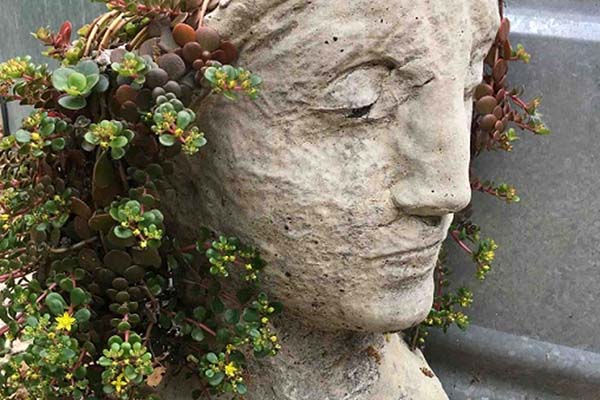
Sparkler sedge emerges from the top of the sculpture like the shimmering hair of the girl. Source: Pam Penick [1]
One common application of sedge is in making mats, especially large-sized ones. Made from this material, walking on the mat feels quite comfortable, without any discomfort or slipping.
Since the mat is made from natural materials, there will be different color patterns on each mat, creating a unique, effortless feeling.
This is no longer an unfamiliar piece of furniture. Sedge is commonly used to make chairs, especially when transformed into the seat for upholstered chairs.
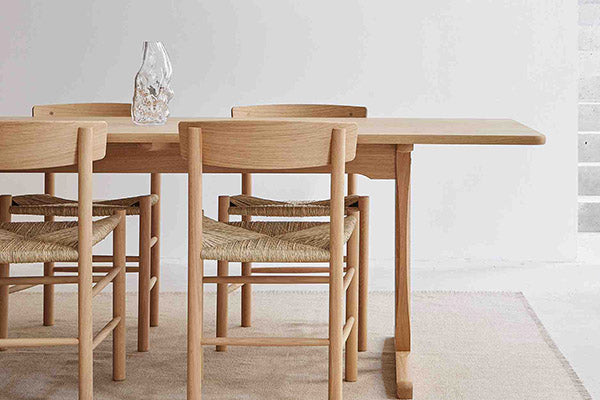
A chair with a sedge seat and a wooden frame creates a harmonious feel. Source: Dezeen [2]
Combined with natural brown wood, it creates a harmonious focal point while still enhancing the delicate interplay of materials.
Sedge is also commonly used to make plates and wall decorations in living rooms, and bedrooms, often appealing to those with vintage, rustic, or boho styles. These sedge pieces can be easily painted or decorated to match the homeowner's favorite colors, showcasing their creativity.
We also want to introduce you to a usage of sedge that we find compelling: making ceiling lamps. Using natural materials for pendant lights has become increasingly popular in recent years. Simply because they are beautiful, eco-friendly, suitable for almost any style, and durable in both appearance and quality.
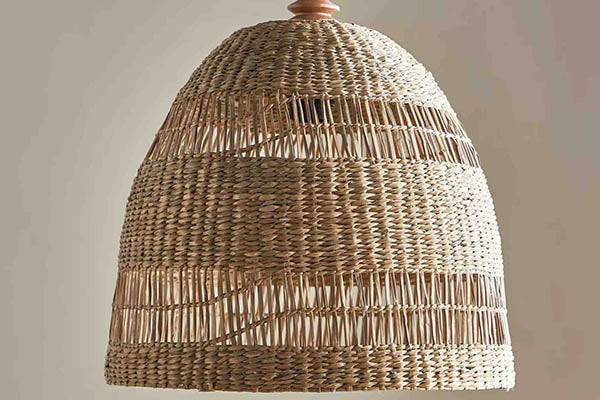
Sedge light fixtures evoke a feeling of both familiarity and novelty. Source: Homecentre [3]
In addition to sedge, there are other materials for making light fixtures that are also beautiful, such as rattan.
Rattan is inherently a type of palm from nature, extremely beautiful, durable, and flexible. It can be shaped to become a beautiful decorative item rather than just serving the usual lighting function. Visit Rowabi pendant light to find some items for yourself.

The rattan pendant light exudes an elegant vibe and boasts a unique shape. Soure: Rowabi
When choosing interior sedges for your space, you can consider the following tips:
When it comes to selecting sedges for indoor environments, it is crucial to choose species that are specifically suited to thrive in such conditions.
Opting for sedges like Carex morrowii or Carex oshimensis is a wise decision, as these particular species are extensively utilized as indoor plants, thanks to their remarkable ability to adapt to indoor settings and their visually appealing foliage.
These sedges have demonstrated their resilience and ability to thrive indoors, making them an ideal choice for creating a vibrant and visually pleasing indoor garden or green space.
The versatility and adaptability of these sedges make them perfect for maintaining their health and aesthetics even in the absence of natural outdoor conditions.
Furthermore, their attractive foliage adds an extra touch of visual appeal and liveliness to indoor spaces, creating an inviting and soothing atmosphere. Considering these factors, it is highly recommended to prioritize sedges like Carex morrowii or Carex oshimensis when selecting indoor plants for their adaptability and appealing appearance.
Before selecting sedges for indoor cultivation, it is essential to assess the lighting conditions in your space. Different species of sedges have varying light requirements, so it is crucial to choose those that will thrive in the available light.
While some sedges can tolerate lower light levels, others necessitate bright, indirect light for optimal growth and development.
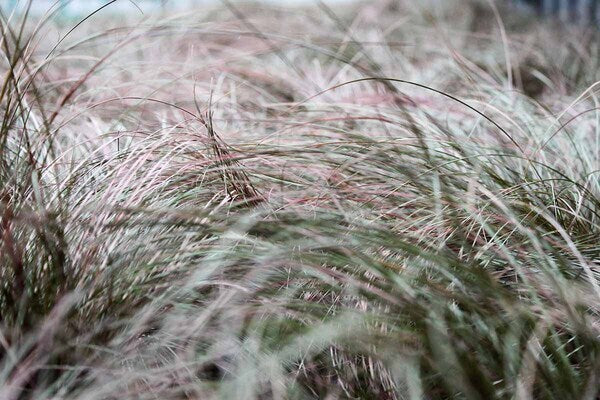
It is crucial to choose those that will thrive in the available light
To ensure the success of your indoor sedges, it is crucial to match the specific light requirements of the chosen species with the lighting conditions within your interior. By doing so, you can create an environment that is conducive to the sedges' well-being and growth, allowing them to flourish and bring an element of natural beauty into your indoor space.
To promote the healthy growth of sedges in indoor environments, it is crucial to utilize appropriate containers with effective drainage systems.
Opt for well-draining containers that are equipped with sufficient drainage holes to prevent water from accumulating and causing waterlogging, which can be detrimental to the sedges' root health and overall well-being.
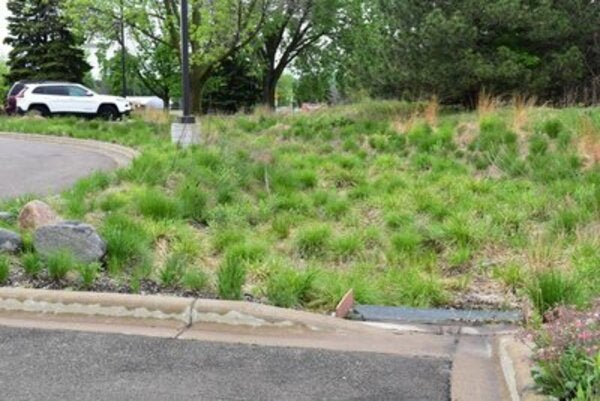
It is crucial to utilize appropriate containers with an effective drainage system
Equally important is the selection of a suitable potting mix that ensures good air circulation and moisture retention, as this directly influences the sedges' ability to thrive. A recommended potting mix for sedges could consist of a combination of peat moss, perlite, and potting soil.
Peat moss aids in retaining moisture, while perlite improves drainage by enhancing airflow within the soil. Potting soil provides essential nutrients and support for the sedges' root system.
By using a well-draining container with proper drainage holes and a potting mix that facilitates adequate air circulation and moisture retention, you are effectively creating an optimal growing environment for your indoor sedges.
This will help prevent issues such as waterlogged roots and improve the overall health and vitality of your sedges, allowing them to flourish in their indoor setting.
When selecting sedges for indoor cultivation, it is essential to take into account what is a sedge as well as the temperature and humidity levels in your indoor environment.
Most sedges, which are grass-like plants, thrive in moderate temperatures, ranging between 60-75°F (15-24°C). Maintaining a consistent temperature within this range will provide the sedges with the optimal growing conditions they require.
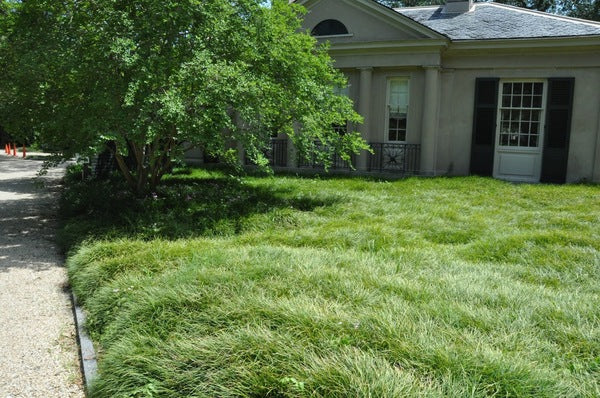
Sedges also prefer higher humidity levels
In addition to temperature, sedges also prefer higher humidity levels. Adequate humidity helps to mimic the natural conditions of their native habitats and promotes healthy growth.
If the indoor environment does not naturally provide sufficient humidity, it is recommended to provide occasional misting to increase moisture levels. Alternatively, you can place a tray of water near the sedges to increase ambient humidity through evaporation.
By considering what a sedge is and actively managing the temperature and humidity levels in your indoor space, you can create an environment that is well-suited for the sedges' growth and development. This attention to detail will help ensure that the sedges thrive and maintain their optimal health, bringing a touch of natural beauty and serenity to your indoor space.
To maintain a tidy and thriving appearance of what is a sedge, it is important to regularly trim and remove any dead or damaged foliage.
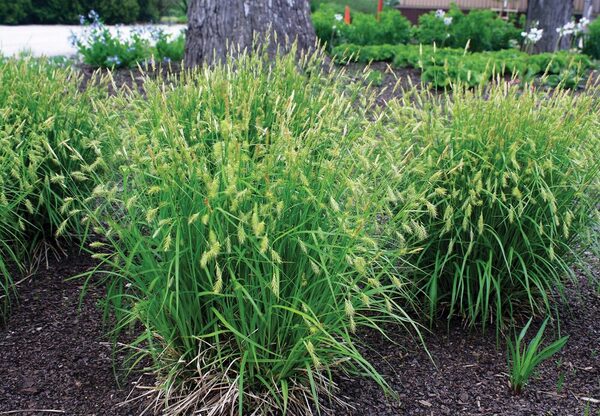
Regularly trim and remove any dead or damaged foliage
This practice not only promotes their overall health but also helps to keep their appearance neat and appealing.By carefully inspecting your sedge plants and promptly removing any unhealthy or unsightly foliage, you can ensure that they remain in their prime condition.
Furthermore, it is worth noting that some sedges may require occasional division to control their growth and maintain their desired shape.
Over time, these plants can become crowded or develop clumps that may impact their health and visual appeal. This division process can help to rejuvenate older sedges, encourage new growth, and retain the desired shape and overall balance of the plants.
When choosing sedges for your indoor space, it is important to consider a variety of factors that contribute to their visual appeal.
One such factor is the texture of the sedge foliage. Some sedges have fine-textured leaves, which create a delicate and subtle look, while others have broader or variegated foliage, which adds a vibrant and striking visual impact.
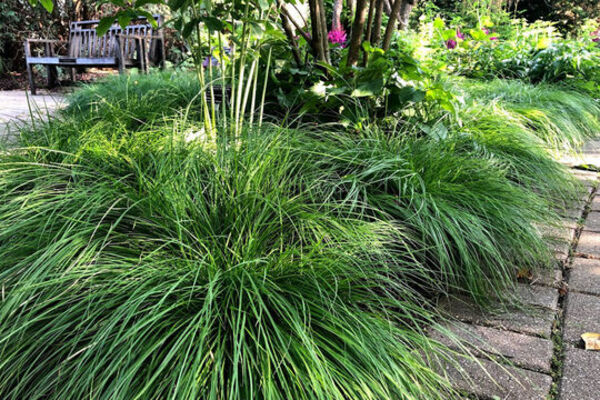
Consider a variety of factors that contribute to their visual appeal
In addition to texture, you should consider the colors of the sedge foliage. Sedges come in a wide range of hues, including various shades of greens, browns, reds, and purples. Some even have eye-catching variegation or patterns on their leaves.
By considering the color palette of your indoor space, you can choose sedges that either harmonize or provide a contrasting pop of color.
Lastly, you also pay attention to the leaf shapes of the sedges. Some sedges have narrow, blade-like leaves, while others have broader or more unique leaf shapes. These leaf shapes can contribute to the overall visual interest and dynamic of your indoor space.
Sedges offer a wonderful opportunity to enhance indoor arrangements and create captivating displays that are both visually appealing and full of texture and interest. There are various ways to incorporate sedges into indoor arrangements, such as terrariums or mixed planters.
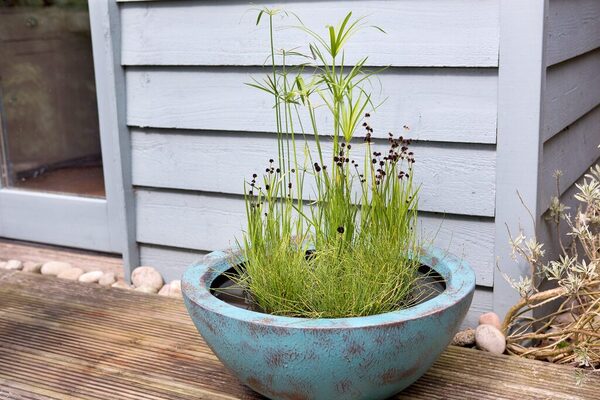
Sedges offer a wonderful opportunity to enhance indoor arrangements
One approach is to combine sedges with other suitable houseplants, taking into consideration their growth requirements, such as light and water needs, to ensure compatibility. By carefully selecting a diverse mix of plants, including sedges, you can create a dynamic and visually striking arrangement.
You also should consider adding elements such as decorative stones, pebbles, or moss to the arrangement. These elements can serve as a visually pleasing backdrop and enhance the overall aesthetic. This blend of sedges with other decorative elements adds a touch of creativity and personalization to your arrangement, making it a unique and eye-catching display.
What is the difference between a grass and a sedge?
What is the difference between a sedge and a reed?
What is sedge good for?
What makes a sedge a sedge?
Is sedge good or bad?
How invasive is sedge?
Is sedge bad in a lawn?
Does sedge come back every year?
What is the lifespan of a sedge?
What animal eats sedge grass?
Can you mow a sedge lawn?
Where should I plant sedge?
Is sedge grass invasive?
How fast does a sedge spread?
In this article, Rowabi has introduced you to what is a sedge as well as what a can sedge do. Hopefully, all the above information will help you to know how to incorporate sedges into your home for aesthetic purposes.
Reffer:

Classic Interior Style? Best Classic Interior Design Ideas
Step into the world of classic interior design, where timeless beauty blends perfectly with refined allure. Imagine your home as a canvas, waiting to be painted with the subtleties of classic inter...
Read more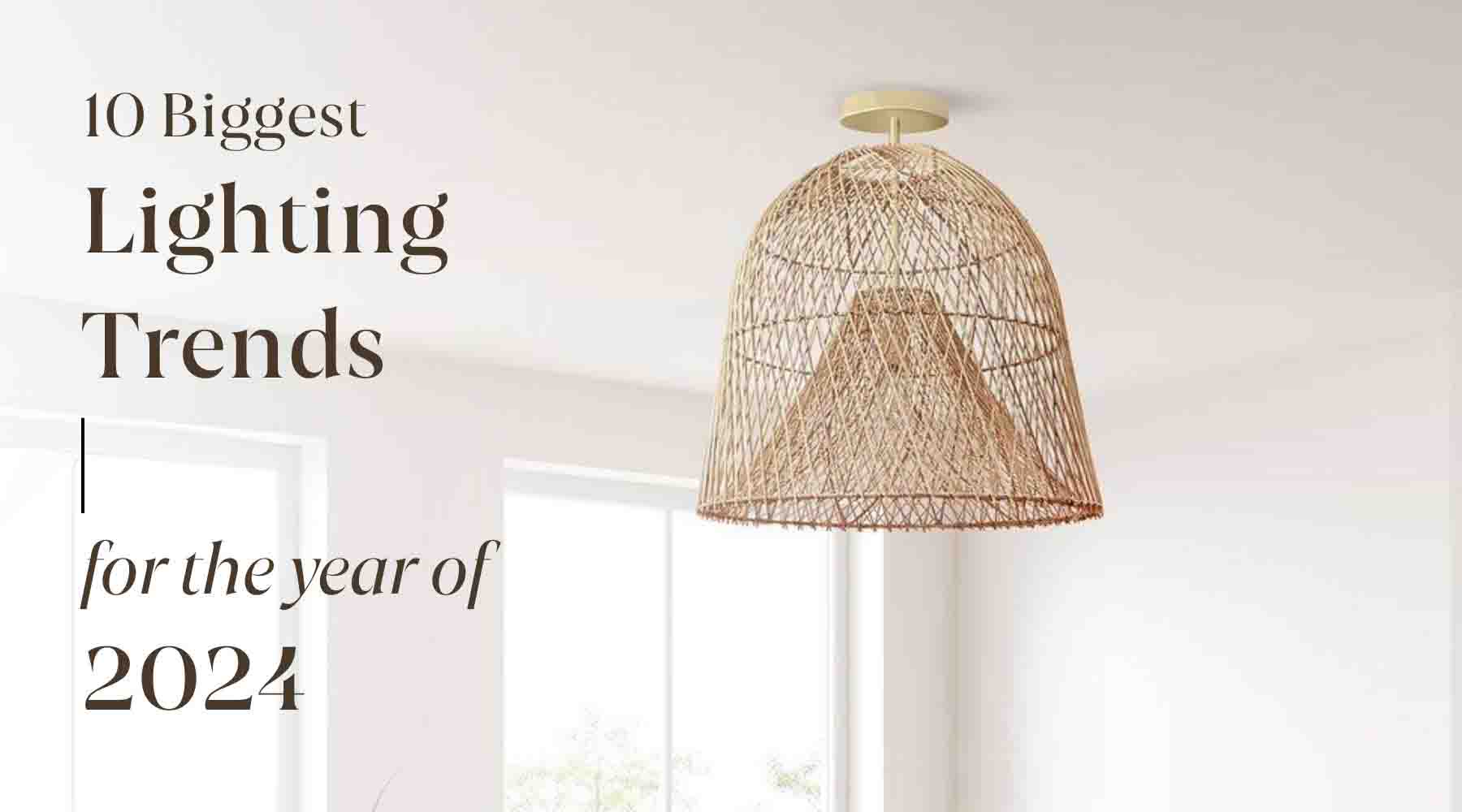
10 Biggest Lighting Trends for 2025
As a lighting and interior design expert with over three years of dedicated experience studying global design trends, analyzing innovations, and interpreting shifts in consumer preferences, I’m thr...
Read moreGifting has never been easier
Perfect if you're short on time or are unable to deliver your gift yourself. Enter your message and select when to send it.


Leave a comment
This site is protected by hCaptcha and the hCaptcha Privacy Policy and Terms of Service apply.